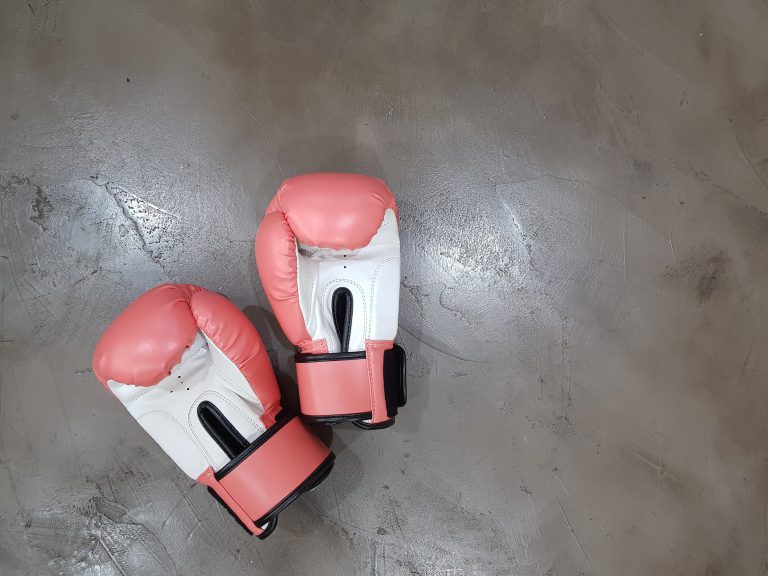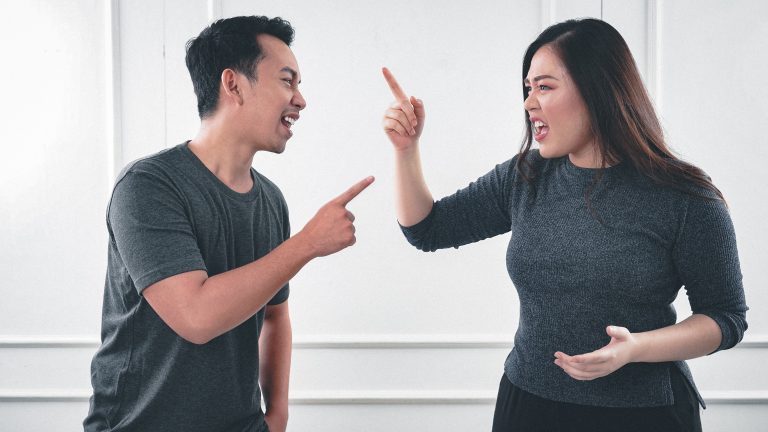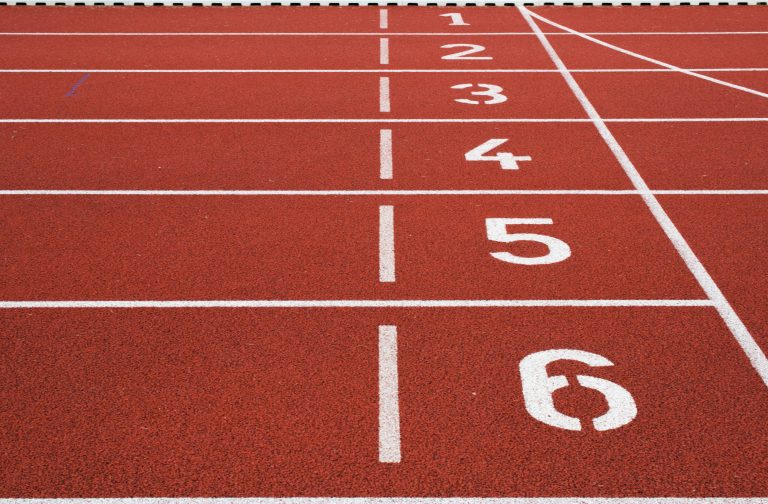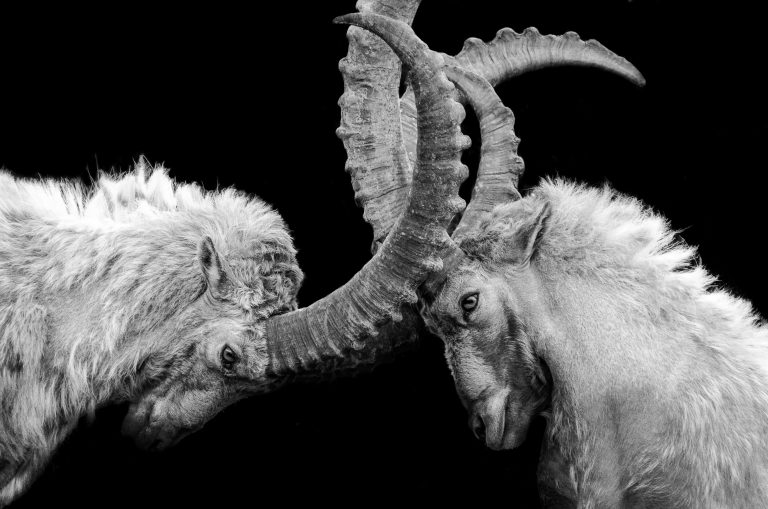Kyokushin Karate Belts Requirements
When it comes to martial arts, achieving a higher rank and earning the coveted black belt is the ultimate goal for most practitioners. Kyokushin karate is no exception. Developed in the mid-20th century by Masutatsu Oyama, Kyokushin karate is known for its intense training and focus on full-contact sparring. In this article, we’ll focus on the Kyokushin karate belt requirements, from beginner to advanced levels.
The Kyokushin Karate Belt System
The Kyokushin karate belt system consists of ten ranks, starting with the beginner levels and culminating in the ultimate rank of black belt. The belts are a symbol of progress and accomplishment, but they also serve as a way to measure the skill level of a practitioner. Each level of the Kyokushin karate belt system is associated with a specific belt color.
Here are the belt colors and their names according to the Kyokushin karate belt system:
- White Belt (10th Kyu)
- Yellow Belt (9th Kyu)
- Orange Belt (8th Kyu)
- Green Belt (7th Kyu)
- Blue Belt (6th Kyu)
- Brown Belt (3rd, 2nd, and 1st Kyu)
- Black Belt (1st Dan to 10th Dan)
The Requirements for Each Kyokushin Karate Belt
To progress from one belt to the next in Kyokushin karate, a practitioner must demonstrate proficiency in various areas of the martial art. These areas include techniques, kata (formal sequences of movements), kumite (sparring), and physical fitness. Let’s take a closer look at the Kyokushin karate belt requirements for each level.
White Belt (10th Kyu)
The white belt is the starting point for all Kyokushin karate practitioners. At this level, the focus is on learning the basics, including stances, strikes, blocks, and kicks. The requirements for the white belt include:
- Demonstrating basic techniques, such as punches and kicks
- Learning the basic stances, such as the zenkutsu-dachi
- Understanding basic kumite concepts, such as ma-ai (distance) and timing
- Learning the first Kyokushin karate kata, Taikyoku Sono Ichi
- Completing an endurance test
Yellow Belt (9th Kyu)
The yellow belt is the second level in the Kyokushin karate belt system. At this level, the focus is on further developing basic techniques and learning more advanced ones. The requirements for the yellow belt include:
- Demonstrating proficiency in basic techniques
- Learning more advanced techniques, such as spinning kicks
- Understanding basic Kyokushin karate terminology
- Learning the second Kyokushin karate kata, Taikyoku Sono Ni
- Completing an endurance test
Orange Belt (8th Kyu)
The orange belt is the third level in the Kyokushin karate belt system. At this level, the focus is on further developing technique and beginning to integrate kumite drills into training. The requirements for the orange belt include:
- Demonstrating proficiency in basic and advanced techniques
- Learning kumite drills, such as sanbon kumite (three-step sparring)
- Understanding basic Kyokushin karate philosophy
- Learning the third Kyokushin karate kata, Taikyoku Sono San
- Completing an endurance test
Green Belt (7th Kyu)
The green belt is the fourth level in the Kyokushin karate belt system. At this level, the focus is on continuing to develop technique and increasing physical fitness. The requirements for the green belt include:
- Demonstrating proficiency in advanced techniques and kumite drills
- Learning kihon ippon kumite (basic one-step sparring)
- Understanding basic Kyokushin karate history
- Learning the fourth Kyokushin karate kata, Pinan Sono Ichi
- Completing an endurance test
Blue Belt (6th Kyu)
The blue belt is the fifth level in the Kyokushin karate belt system. At this level, the focus is on continuing to develop technique and increasing physical fitness, while also beginning to learn more advanced kumite drills. The requirements for the blue belt include:
- Demonstrating proficiency in advanced techniques and kumite drills
- Learning the tsuki no kata (punching kata)
- Understanding basic Kyokushin karate principles, such as kokyu (breath control)
- Learning the fifth Kyokushin karate kata, Pinan Sono Ni
- Completing an endurance test
Brown Belt (3rd, 2nd, and 1st Kyu)
The brown belt is the sixth level in the Kyokushin karate belt system. At this level, the focus is on refining technique and increasing physical fitness to prepare for the black belt test. The brown belt has three levels, each with its own requirements:
- 3rd Kyu: Demonstrating proficiency in all areas, including basic and advanced techniques, kumite drills, and kata
- 2nd Kyu: Demonstrating greater proficiency in all areas, including more advanced kata and kumite drills
- 1st Kyu: Demonstrating mastery in all areas and preparing for the black belt test
Black Belt (1st Dan to 10th Dan)
The black belt is the ultimate goal in Kyokushin karate. At this level, a practitioner has attained mastery of the martial art. The black belt has ten levels, each with its own requirements:
- 1st Dan: Demonstrating mastery of all areas and completing a rigorous black belt test, which includes endurance, kata, and kumite
- 2nd Dan to 4th Dan: Continuing to refine technique and increasing physical fitness
- 5th Dan to 7th Dan: Demonstrating leadership and contributing to the Kyokushin karate community
- 8th Dan to 10th Dan: Recognition for exceptional contributions to the Kyokushin karate community
## Kyokushin Karate Belts Requirements: Most Frequently Asked Questions
Kyokushin Karate is a martial art that emphasizes rigorous physical training and practical self-defense techniques. Over time, practitioners are awarded different color belts to signify their level of experience and knowledge. Here are some frequently asked questions about Kyokushin Karate Belts requirements.
### Q1. How many belts are there in Kyokushin Karate?
There are a total of ten belts in Kyokushin Karate. These belts are ranked in order of increasing experience and skill, starting with the white belt and culminating with the black belt. The black belt can have up to eleven degrees.
### Q2. What are the requirements to get a white belt in Kyokushin Karate?
To get a white belt in Kyokushin Karate, there are no specific requirements. However, a new student must complete a stipulated number of classes and training sessions to earn this rank. In general, the time required to earn the white belt varies and can range from three to six months.
### Q3. How long does it take to get a black belt in Kyokushin Karate?
The time required to get a black belt in Kyokushin Karate varies from person to person. On average, it takes around five to six years of dedicated training for someone to earn the rank of black belt. However, some people may take longer or shorter depending on their individual skills and training.
### Q4. What are the requirements for testing for each Kyokushin Karate belt?
To test for each Kyokushin Karate belt, the student must demonstrate a specific set of skills and knowledge. For example, to test for white belt, the student must demonstrate knowledge of some basic techniques, such as punches, kicks, and footwork. Other requirements include proper discipline and etiquette, as well as the ability to follow instructions.
The requirements for higher belts become more challenging and demanding, covering complex techniques, stamina, and endurance. Furthermore, the student must demonstrate a more in-depth understanding of the martial art, including philosophy and self-discipline.
### Q5. What is the testing process like for each Kyokushin Karate belt?
The testing process for each Kyokushin Karate belt varies depending on the karate school, teacher, and style. In general, however, the testing process for each belt involves a combination of written tests, physical exams, and demonstrations of techniques and katas( pre-arranged series of movements). The student must also demonstrate proper etiquette and respect for the teacher and other students.
### Q6. Do Kyokushin Karate black belts receive degrees?
Yes, Kyokushin Karate black belts can receive degrees of up to 11. These degrees signify a student’s level of mastery and experience beyond the basic black belt. In general, each degree requires several years of training and intense physical and mental dedication.
### Q7. Do you have to compete in tournaments to earn a Kyokushin Karate belt?
While Kyokushin Karate tournaments can be an essential part of training, they are not required to earn a belt. In general, Kyokushin emphasizes hard training in the dojo (training hall) and practical self-defense techniques rather than tournaments.
### Q8. What is the significance of the black belt in Kyokushin Karate?
In Kyokushin Karate, the black belt is a symbol of significant accomplishment and mastery of the martial art. However, it is not the end of a student’s learning journey but rather the beginning of a new phase. The black belt signifies that the student has completed the primary phase of training and now has the foundational knowledge that they can apply and build on for the rest of their martial arts career.
Step-by-Step Guide: Kyokushin Karate Belts Requirements
Kyokushin Karate is a full-contact martial art that places emphasis on sparring and physical conditioning. It is known for its rigorous training and grading system, which involves the earning of different colored belts to signify a student’s level of proficiency. In this guide, we will take a closer look at the Kyokushin Karate belt system and the requirements necessary to progress through the ranks.
Step 1: Joining a Kyokushin Karate Dojo
The first step to earning your Kyokushin Karate belt is to find a reputable dojo near you. Do your research and make sure the dojo is affiliated with a recognized organization, such as the International Karate Organization (IKO) or the World Karate Federation (WKF). Once you have found a dojo you are interested in, contact them to schedule a trial class.
Step 2: The White Belt
The first belt in the Kyokushin Karate system is the white belt, which signifies the beginning of a student’s journey. To earn a white belt, a student must attend classes regularly and demonstrate a basic understanding of the fundamental techniques and movements of Kyokushin Karate.
Step 3: The Yellow Belt
After earning a white belt, a student can progress to the yellow belt. To do so, the student will need to demonstrate further proficiency in the basic techniques and movements, as well as an understanding of the kata, or forms, of Kyokushin Karate.
Step 4: The Orange Belt
The orange belt is earned after a student has demonstrated proficiency in the techniques and movements of Kyokushin Karate up to and including the green belt level, as well as a deeper understanding of the kata.
Step 5: The Green Belt
After earning an orange belt, a student can progress to the green belt. At this level, the student must demonstrate mastery of the techniques and movements of Kyokushin Karate up to and including the green belt level, as well as a further understanding of the kata.
Step 6: The Blue Belt
The blue belt is earned after a student has demonstrated mastery of the techniques and movements of Kyokushin Karate up to and including the blue belt level, as well as a deeper understanding of the kata and an ability to apply the techniques in sparring.
Step 7: The Brown Belt
At the brown belt level, a student must demonstrate mastery of the techniques and movements of Kyokushin Karate up to and including the brown belt level, as well as proficiency in sparring and an understanding of the principles of kumite.
Step 8: The Black Belt
The ultimate goal of Kyokushin Karate is to earn a black belt, which signifies mastery of the art. To earn a black belt, a student must demonstrate not only proficiency in the techniques and movements of Kyokushin Karate, but also an understanding of the philosophy and principles behind the art. This is often achieved through years of dedicated practice and study.
Additional Requirements
In addition to demonstrating proficiency in the techniques and movements of Kyokushin Karate, students may also be required to meet other requirements to earn their belts. These may include attending seminars, participating in tournaments, and demonstrating leadership skills and community involvement.
Conclusion
Earning a Kyokushin Karate belt is a rigorous and rewarding process that requires dedication, discipline, and hard work. By following these steps and putting in the necessary effort, you can progress through the belt system and become a skilled practitioner of this full-contact martial art. Remember to always train safely and with respect for your fellow students and instructors, and to never lose sight of the principles and philosophy that underlie the art of Kyokushin Karate.
Inhaltsverzeichnis






